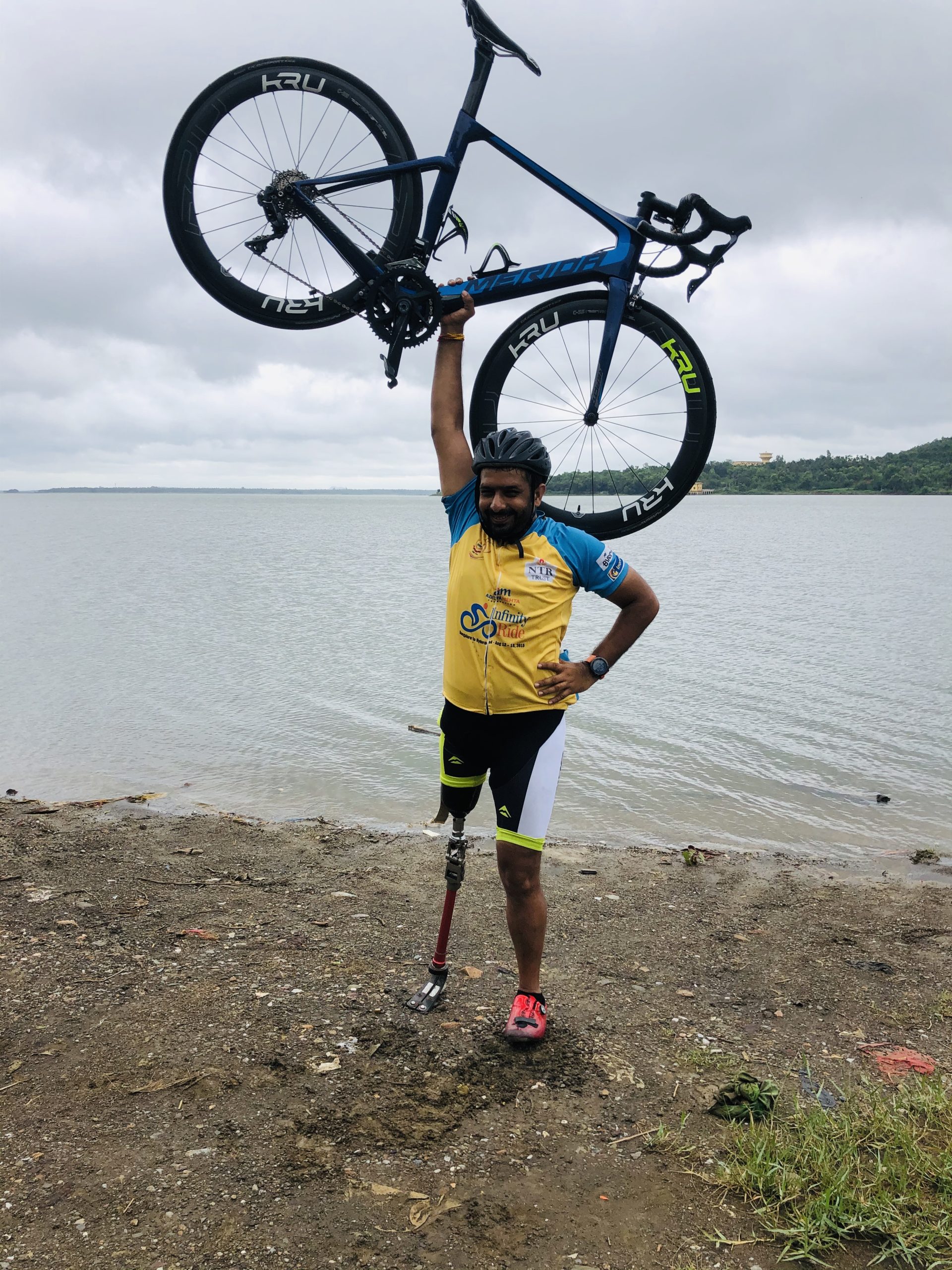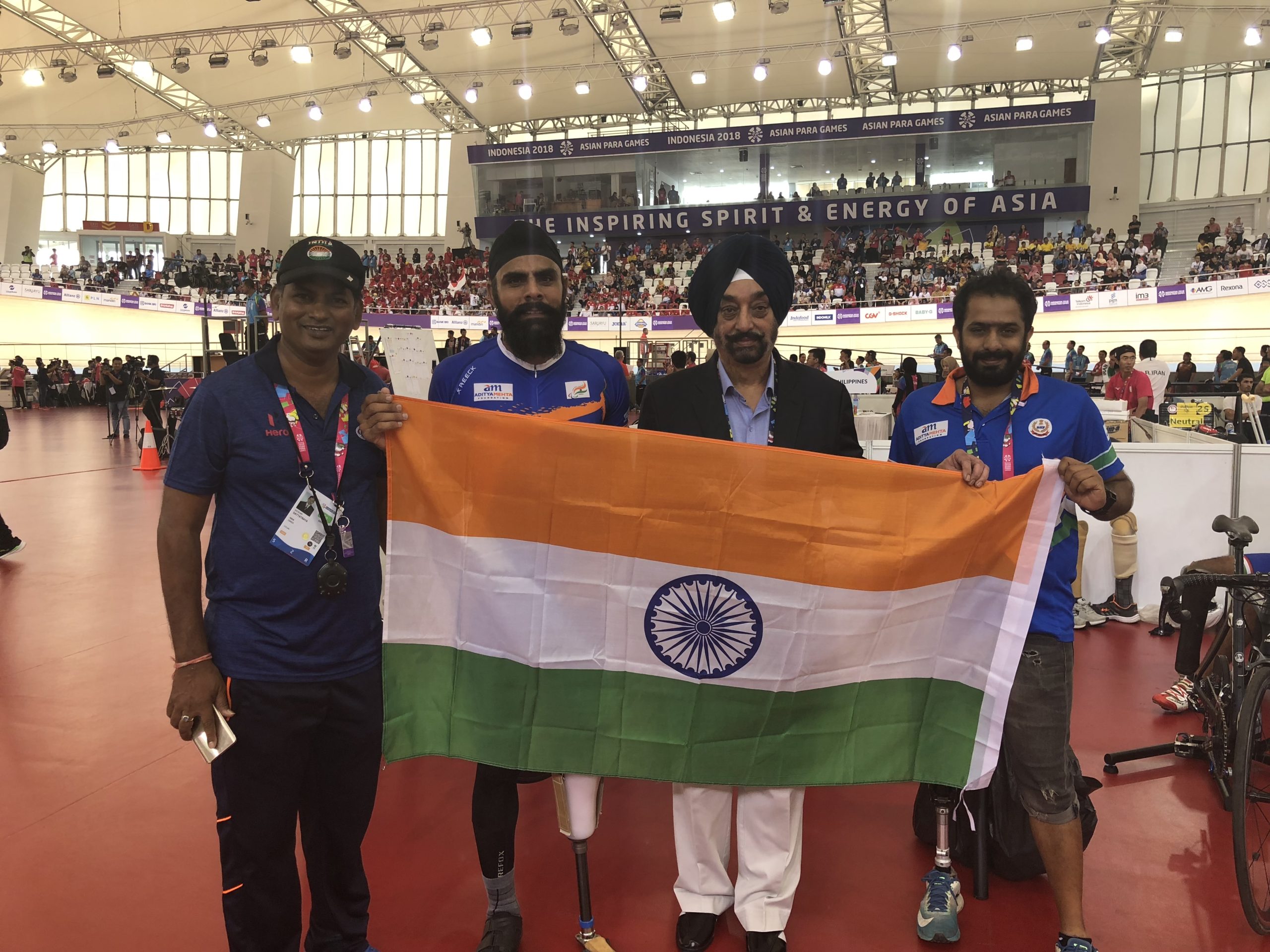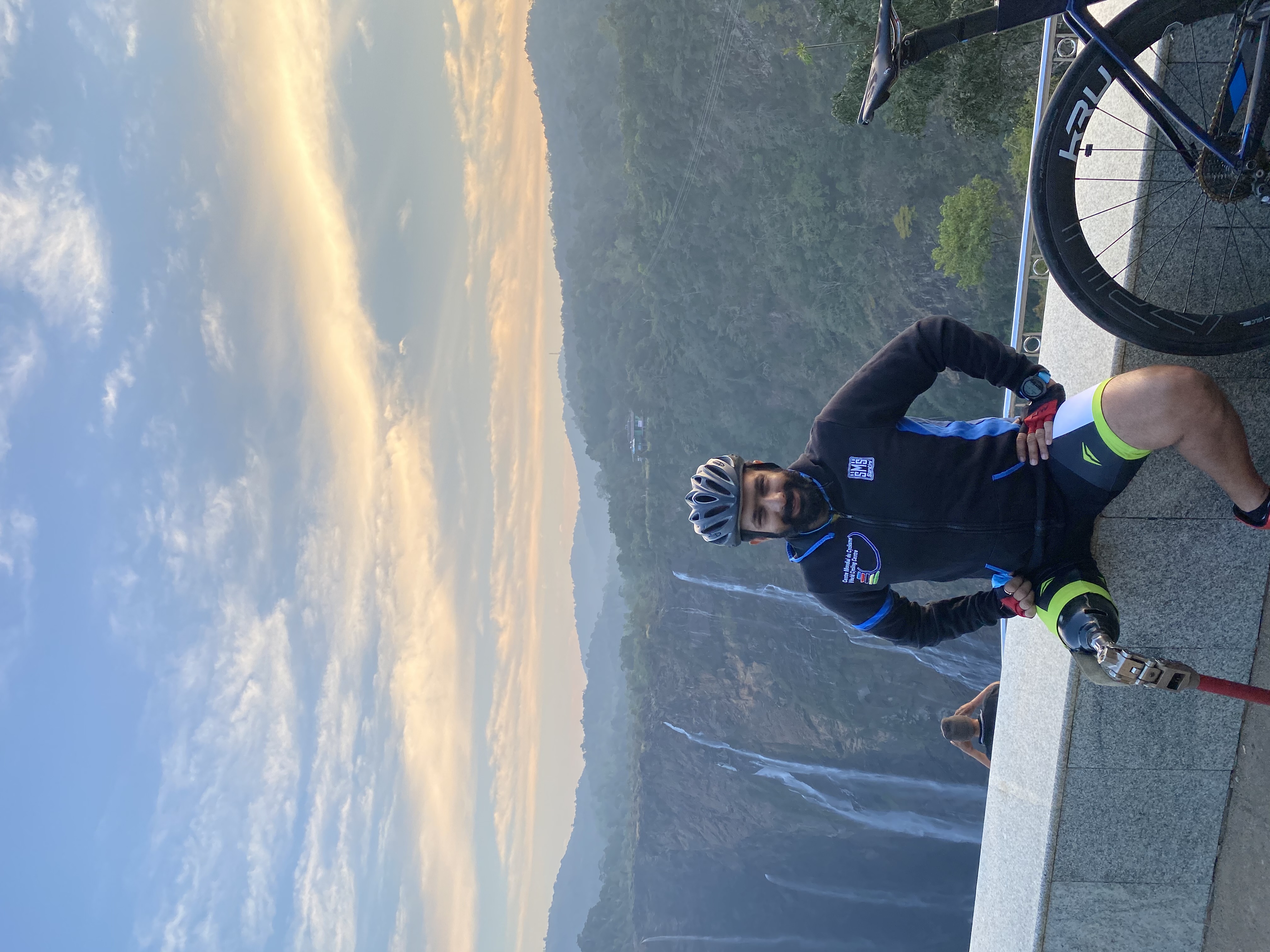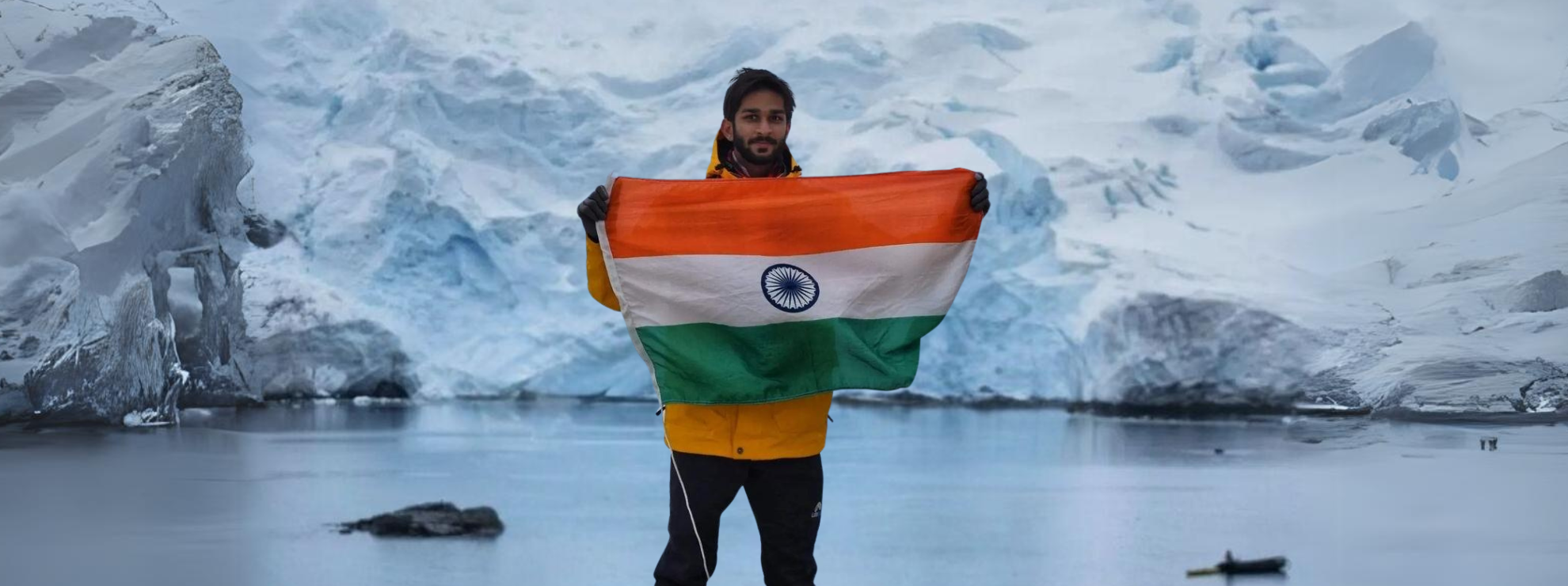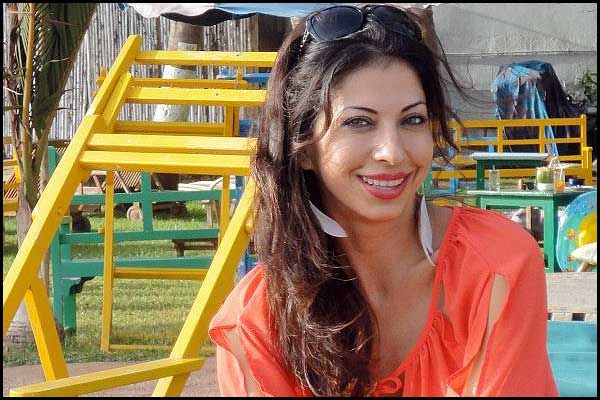(November 11, 2023) November 8 saw Kamala Harris, the Vice President of the United States, host a fun-filled Diwali event at the White House which was attended by many influential figures from the Indian and South Asian community. Amid the celebration, the festive tone was set by colourful decorations, ethnic cuisine, traditional music, and rangolis adorned with diyas and lamps.
A mere few decades ago, the term ‘Diwali’ was seldom heard in American conversations or seen in mainstream media. To most Americans, it remained an unfamiliar word, and the Indian-American community, though existing, was relatively modest in size compared to the thriving community we witness today. In the last two decades, Diwali went from an obscure concept to a widely recognised and celebrated festival that now radiates across the American cultural landscape, shining brightly through the expansive and diverse Indian diaspora and beyond.
As the Indian-American community continues to flourish and share the beauty of its cultural heritage, Diwali’s radiant glow will only shine brighter across the nation, uniting people from all walks of life in the celebration of light and unity. Global Indian delves into the reasons of how Diwali has found a strong place in the American culture.
The changing face of Indian America
There has been a striking demographic shift. Between the years 2000 and 2020, the number of Americans identifying their racial origin as solely Asian Indian surged from two to nearly 4.4 million. This exponential growth of the Indian-American community has enriched the cultural transformation of the United States and brought festivals like Diwali into the mainstream American culture.
Establishment of a robust supply chain for Indian food, sweets, and all the essential elements of the Diwali celebration due to the increased population of Indian immigrants has brought the festival into limelight. Its appeal has transcended ethnic boundaries across the nation.
Obama and Biden’s presidential impact
“Jill and I wish a happy Diwali to the more than one billion Hindus, Jains, Sikhs, and Buddhists celebrating this Festival of Lights in the United States, India, and around the world. As we host the official White House Diwali reception, we are honoured to light the Diya surrounded by members of the most diverse administration in American history—led by Vice President Kamala Harris, the first Black American and South Asian American to become Vice President,” President Biden wrote in his Diwali message in 2022.
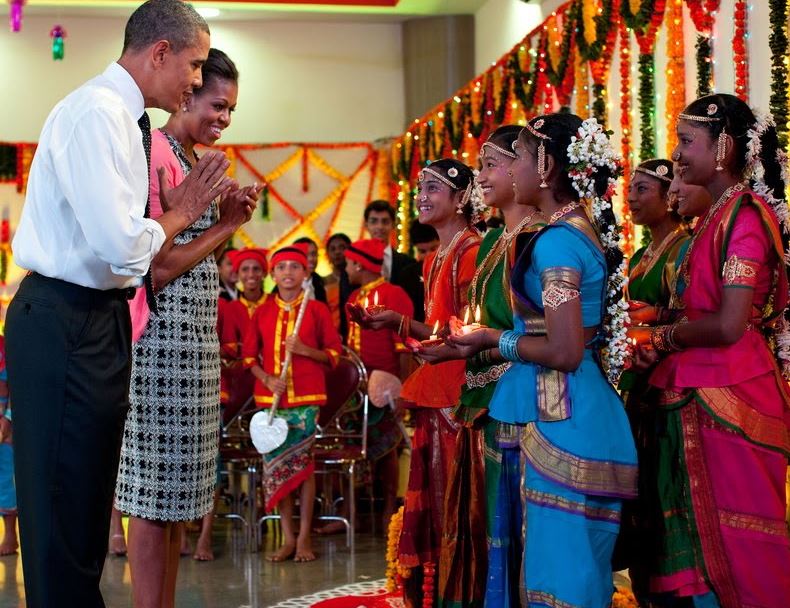
Obamas celebrating Diwali in 2010
Former President Barack Obama had played a pivotal role in catapulting Diwali into the American mainstream. His historic celebration of the festival at the White House in 2009 set a significant precedent, marking the beginning of Diwali’s recognition in the United States. The diaspora celebrated this recognition, solidifying Diwali’s place in the American cultural celebrations. Social media helped.
The festival of lights witnessed a great significance in American media post that, thus paving way for Diwali features in mainstream US publications, with the New York Times covering Diwali sweet stores across the country in its food section.
A historic declaration
In recognition of the rapid growth of South Asian and Indo-Caribbean communities, New York City’s newly-elected mayor, Eric Adams, made a historic declaration this year. He announced Diwali as a school holiday in the city, underscoring the significance of the festival in the lives of New Yorkers. While it so happens, that Diwali falls on a Sunday this year, the proclamation itself holds immense cultural importance.
Mayor Eric Adams has already ushered in Diwali in a special event in October itself this year, attended by close to 1,200 New Yorkers, each adorned in their most festive attire. This event was not just a celebration but a joyous and inclusive tribute to the diverse South Asian communities in New York. It highlighted the city’s commitment to embracing its cultural diversity and ensuring that the rich traditions and celebrations of all its residents are acknowledged and celebrated.
World Trade Centre’s Diwali Illumination
In a historic milestone, the World Trade Centre, renowned for its storied history, shone brightly in celebration of Diwali for the very first time in 2021. Since then, the practice has continued.
Indian-Americans, known for their dynamism and resourcefulness, have actively strived to position their culture and community at the forefront of the American narrative. Entrepreneurs, businesses, and corporations have got into partnerships to prominently feature Indian values.
Since a couple of years, two organisations, All American Diwali and Indiaspora, have orchestrated magnificent live Diwali fireworks display that stretched across the Hudson River. This breath-taking event exemplifies the spirit of Diwali, reflecting the growing recognition of the festival within the United States.

A digital mural on One World Trade Center in 2021
Shaping the Cultural Landscape with a new generation
Indian-Americans not only represent a significant portion of the population but are also witnessing the emergence of a new wave of proactive individuals and activists with Indian roots. These dedicated individuals are actively introducing the next generation of America-born Indians to their cultural heritage and ethos. In an interview with Global Indian Neerja Patel, founder of Neerja Public Relations, a boutique brand management firm shared, “For the upcoming festive season (Diwali), we are collaborating with Kulture Khazana (another brand by Indian origin founder) to create a delightful festival experience for kids while enriching their heritage knowledge through engaging initiatives.”
In another Global Indian interview, Anu Sehgal, the founder of The Culture Tree that promotes South Asian Cultural literacy in the US in collaboration with all the museums, libraries and cultural institutions remarked, “I took a plunge into entrepreneurship to address the needs of parents like me, who are raising their kids in the US as we want them to remain in touch with their Indian heritage.” There are other organisers from the diaspora across the US whose Diwali events gets covered by the local media these days leading to an increase in the festival’s popularity.
Celebrities popularising Diwali
On social media platforms, a new wave of Indian-origin influencers and celebrities have taken centre stage, enthusiastically promoting Diwali and other Indian festivals. Celebrities like Mindy Kaling, Meena Harris, Poorna Jaganathan and Radhika Jones have used their social media presence to make the Indian origin festivals more accessible and engaging for a global audience bringing the beauty of Indian traditions to the forefront.

Celebrities and Influencers of the diaspora
Their collective efforts have fostered cross-cultural understanding and appreciation.
Indian culture in American household
Indian Americans have married people from diverse ethnic backgrounds. As a result, Indian culture and cuisine are becoming integral components of a wide array of families in the country. One prominent example of this is actor Priyanka Chopra who married musician Nick Jonas and the couple keep on sharing pictures of their festivities with fans spread across the globe, making festivities like Diwali seem an integral part of the American household.
The Indian Americans are ensuring that a sense of continuity of Indian festival gets passed on to the future generations of the diaspora. Diwali is expected to grow bigger and more integral to the American culture with the Indian immigrants’ transformation into a strong diaspora.
View this post on Instagram


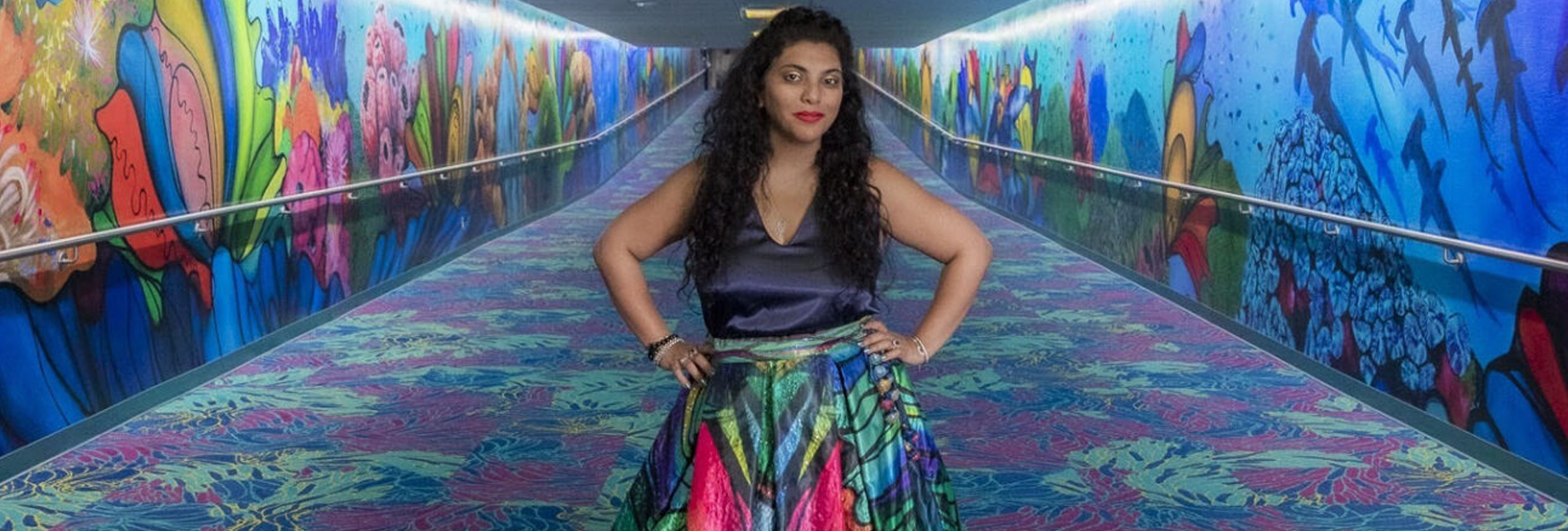
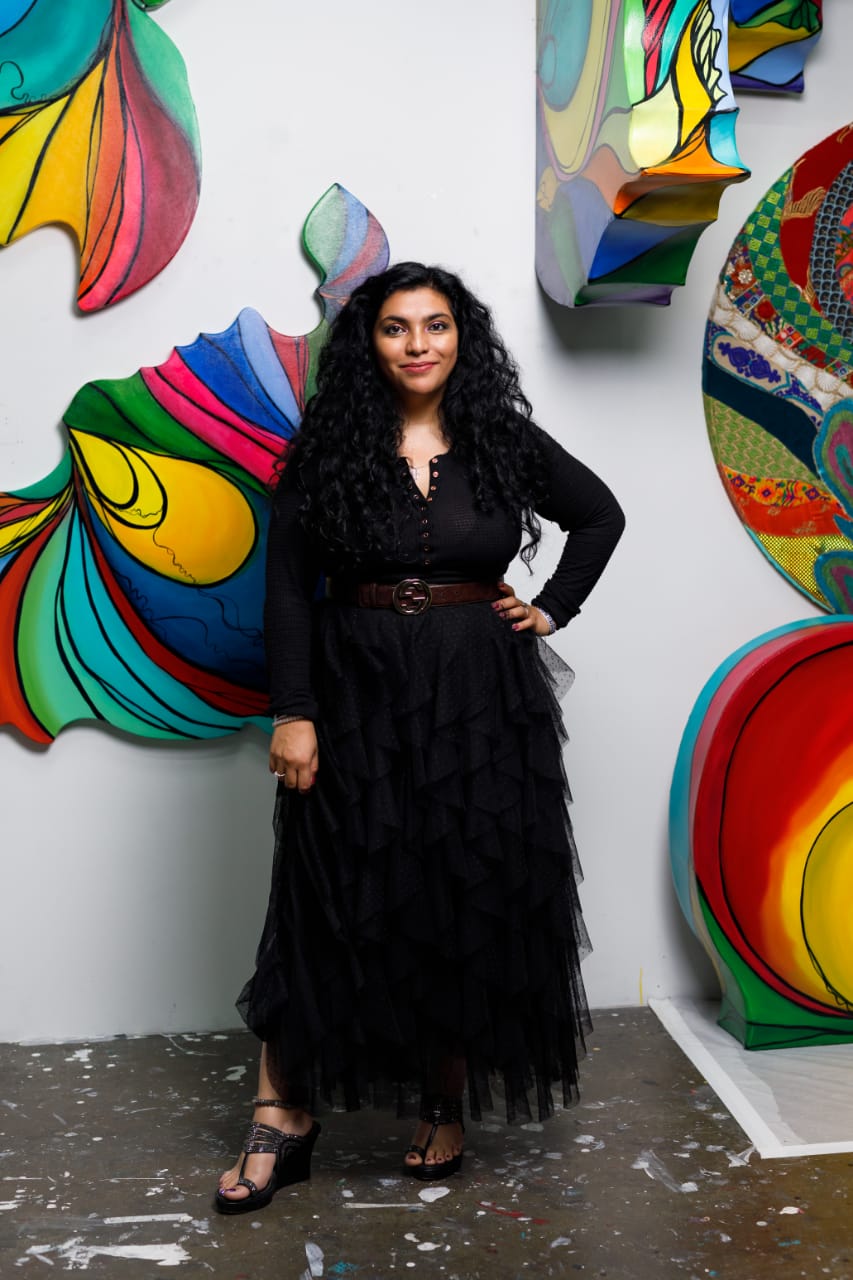 Janavi Mahimtura Folmsbee[/caption]
Janavi Mahimtura Folmsbee[/caption]
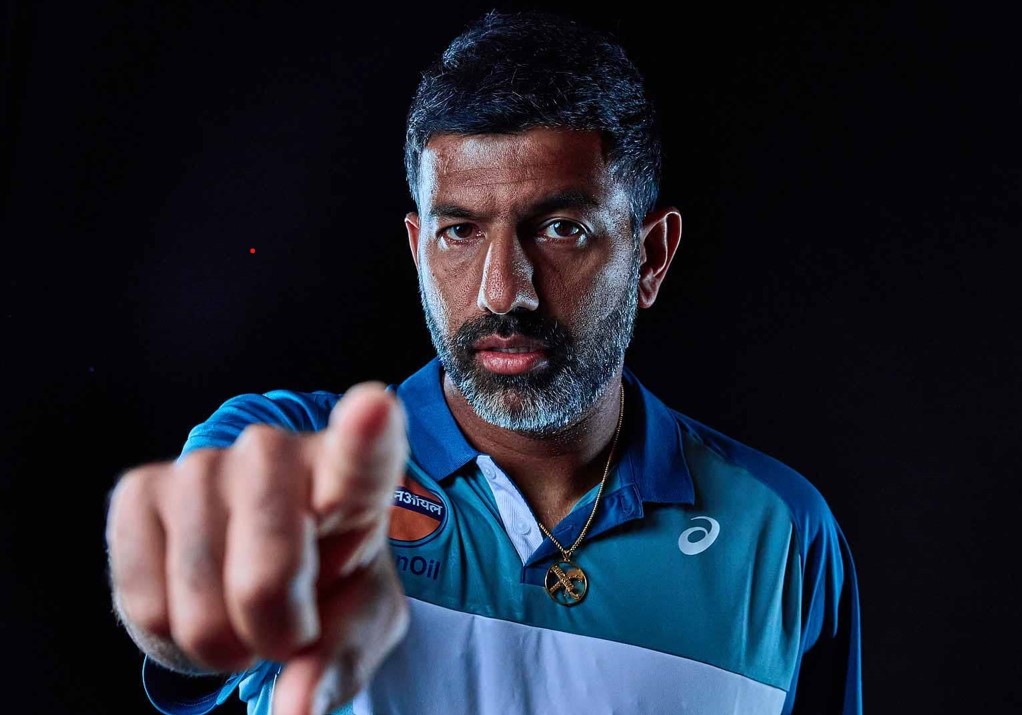 Rohan Bopanna[/caption]
Rohan Bopanna[/caption]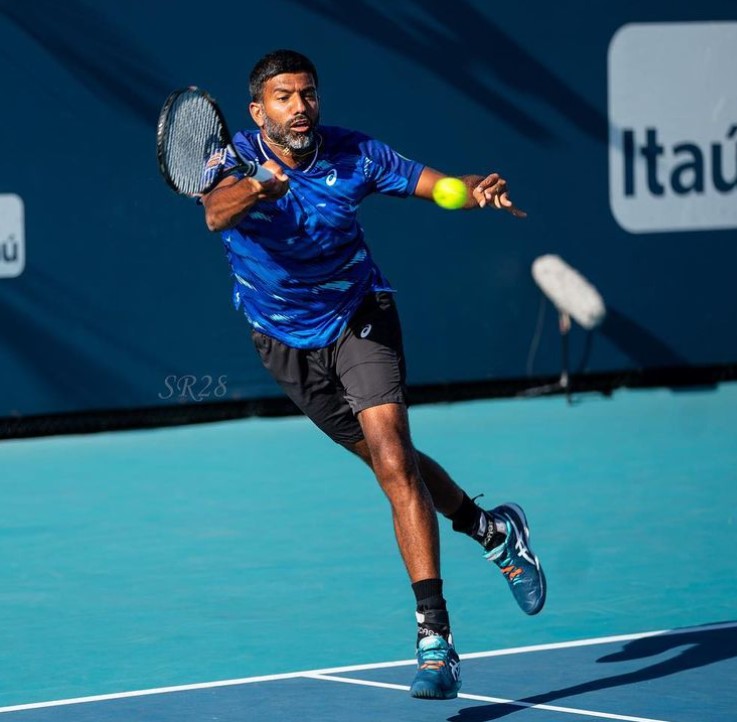 Rohan Bopanna[/caption]
Rohan Bopanna[/caption] Rohan Bopanna[/caption]
Rohan Bopanna[/caption]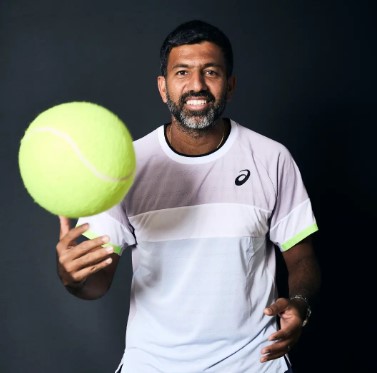 Rohan Bopanna[/caption]
Rohan Bopanna[/caption]
